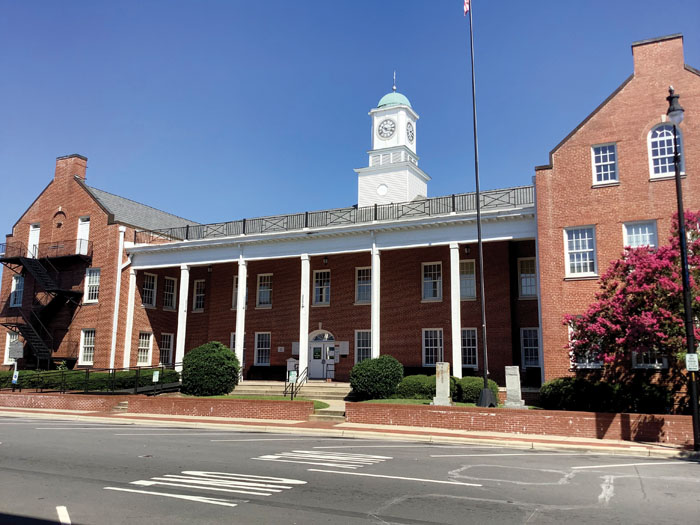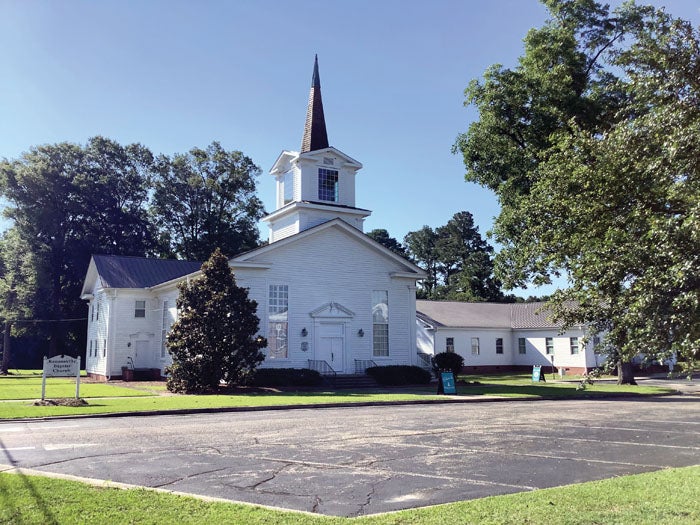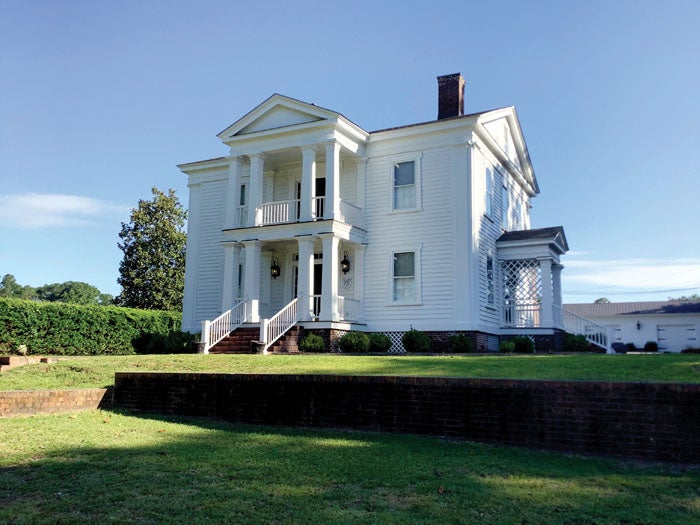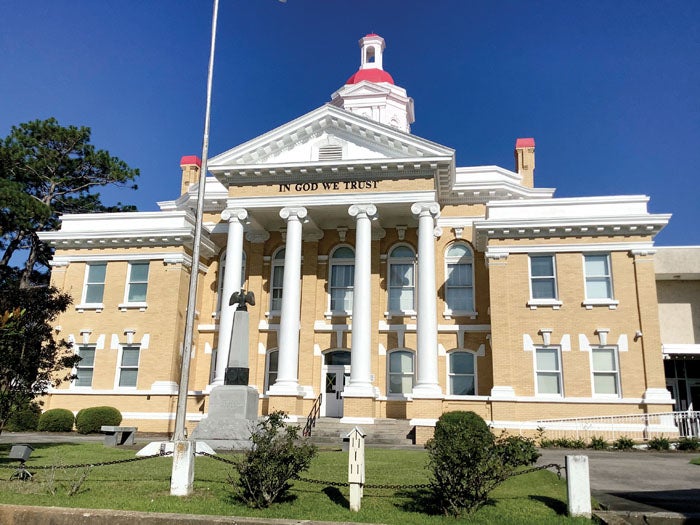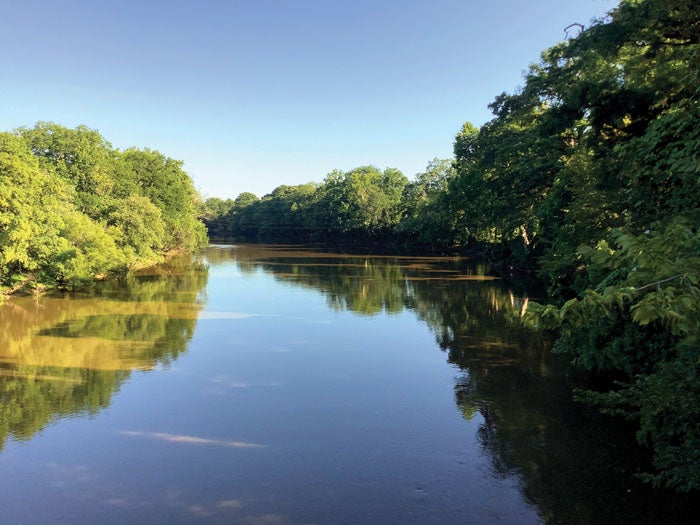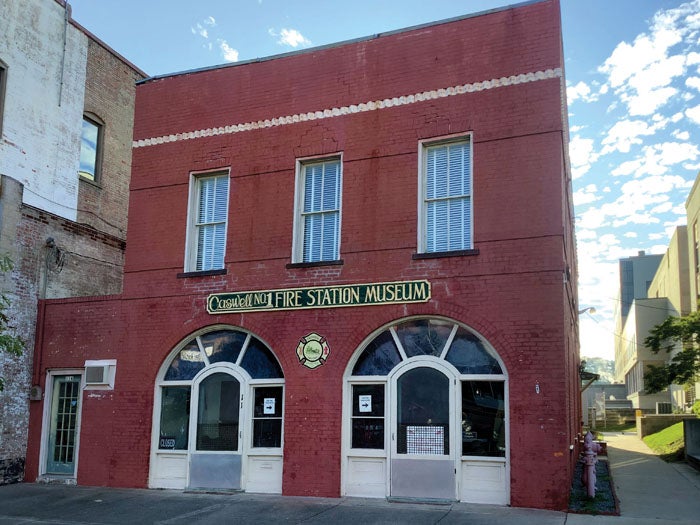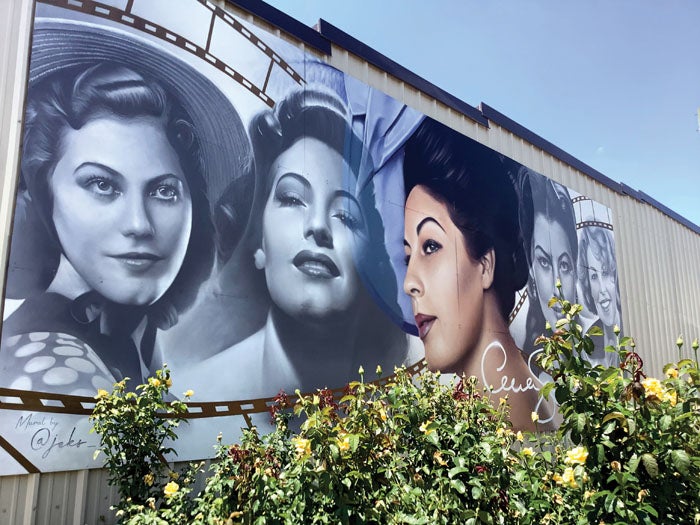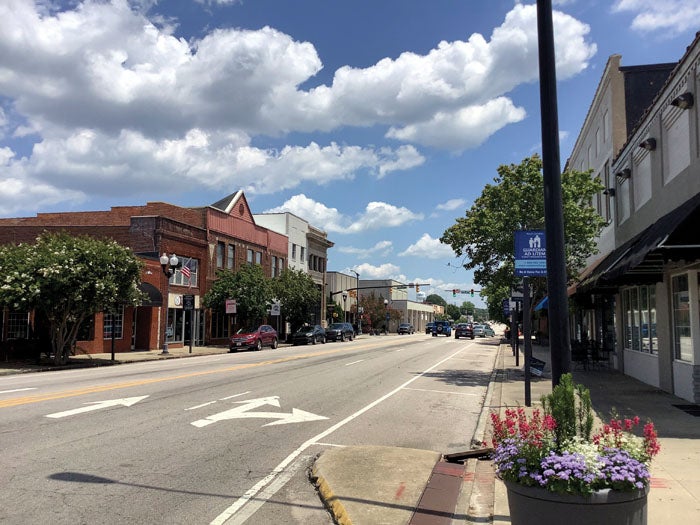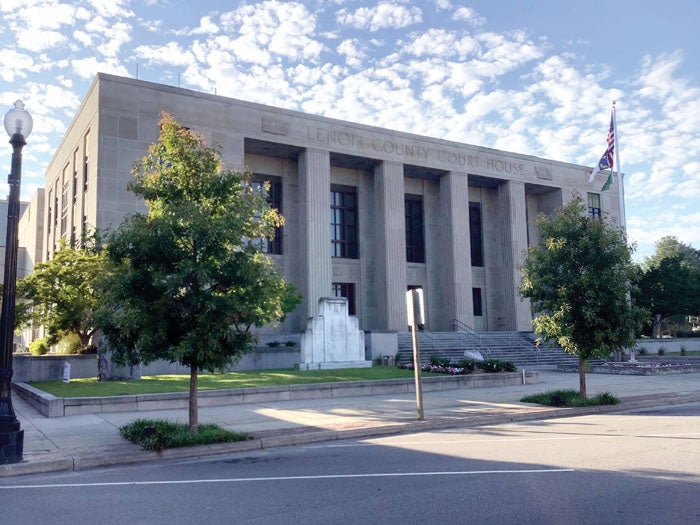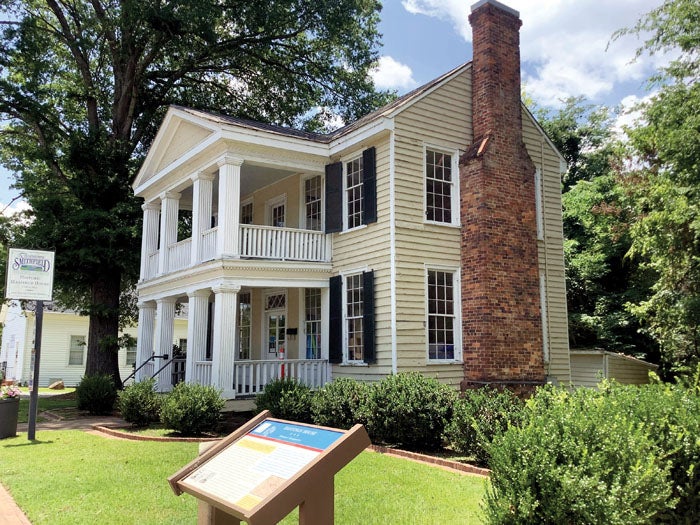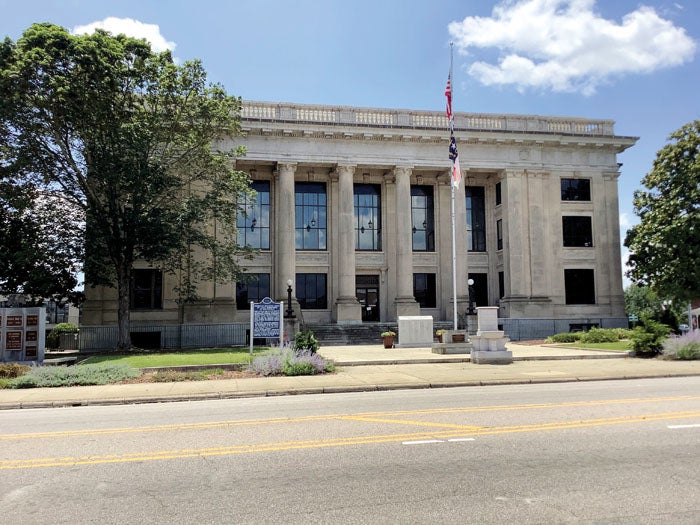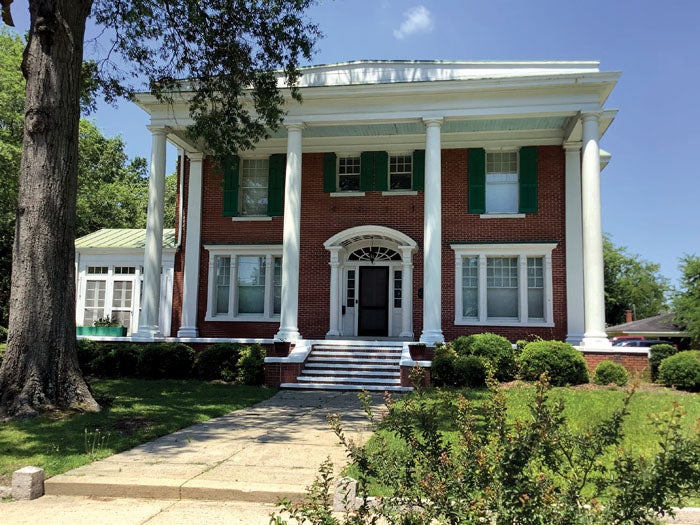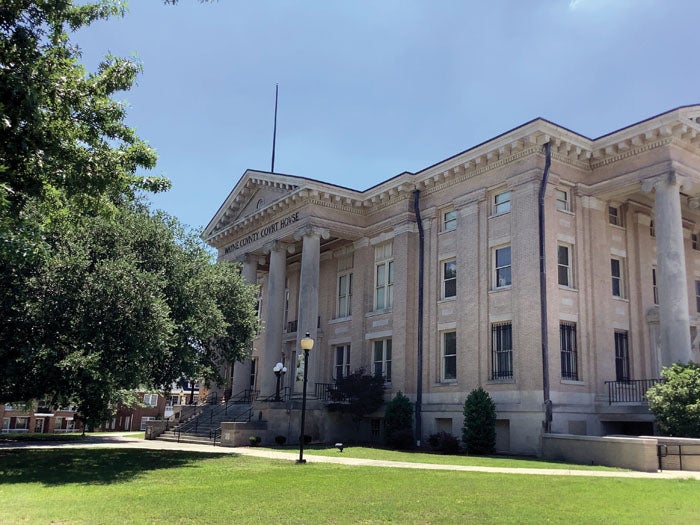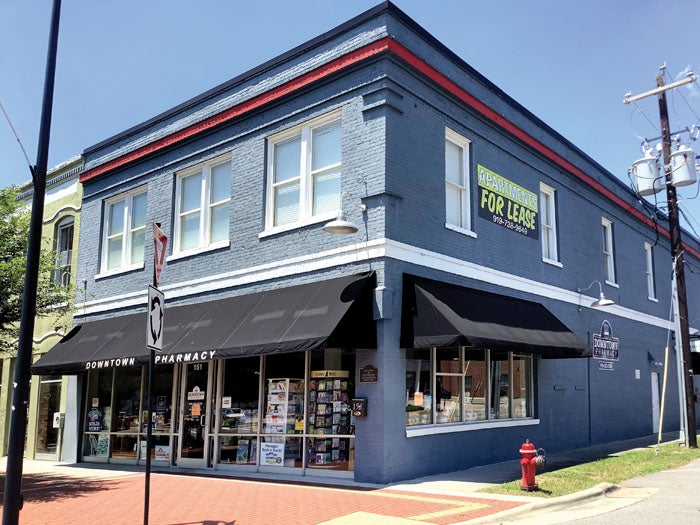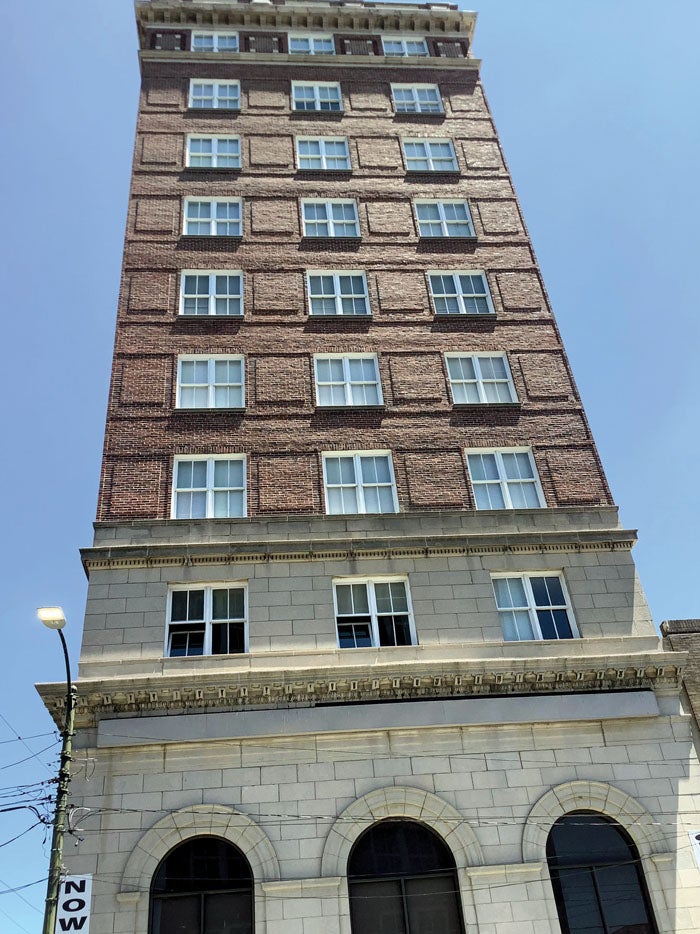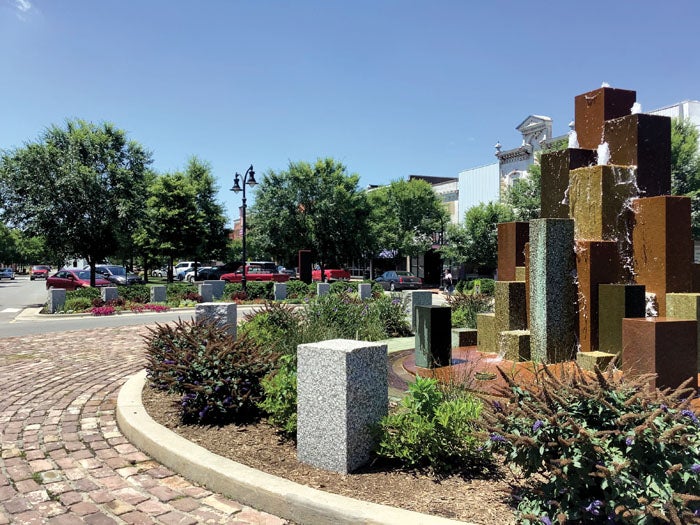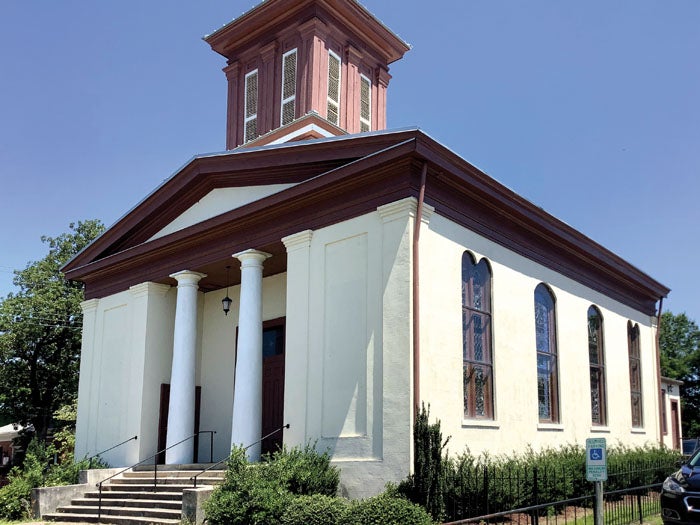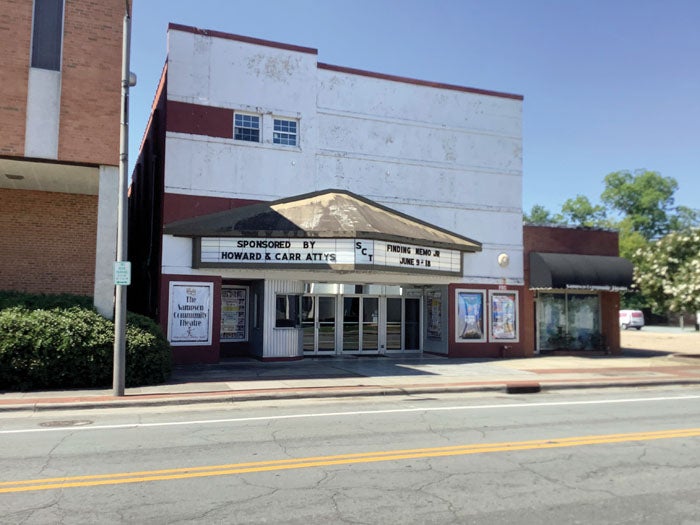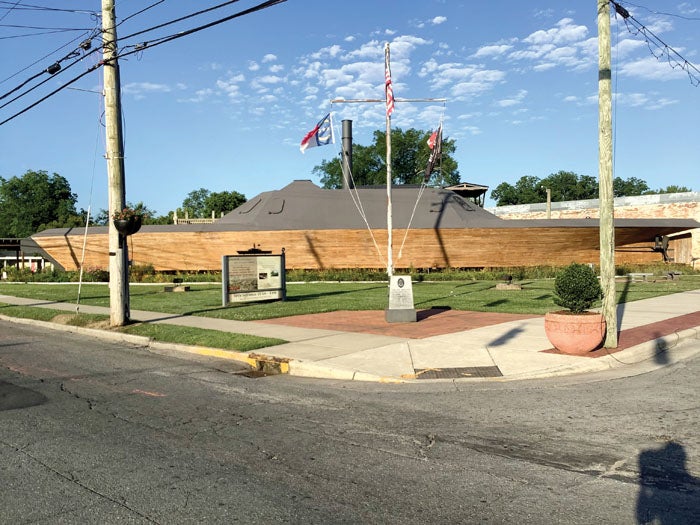Gotta Run: Kinston to Smithfield
Published 12:05 am Saturday, July 22, 2023
Editor’s note: David Freeze is completing a challenge to run in a few miles in every county seat in all 100 N.C. counties. Contact him at david.freeze@ctc.net.
I visited Kinston early on Sunday morning, June 25. Kinston is a totally flat town with two high-rise apartment buildings used for affordable housing and lots of empty store fronts. The county seat of Lenoir County, Kinston was created by the North Carolina General Assembly in December 1762 as “Kingston,” in honor of King George III in England. Richard Caswell, who made his home locally and served as the first governor of the state of North Carolina from 1776 to 1780, was later honored when the name changed to Caswell in 1833. It was renamed Kinston the following year.
During the Civil War, Kinston was prominent in several ways. Factories made shoes and a bakery made hardtack for the Confederate armies, while two training camps were established locally. Most notably, the Battle of Wyse Creek was held close by in March 1865. As part of the battle, the Confederates destroyed their own gunboat, the CSS Neuse, in the river. For about 100 years, the ship remained in the river, until the remaining parts were removed and placed in a new museum. A fantastic replica ship is now on display. I found the gate open and got some great pictures.
Horse-drawn carriages, tobacco, cotton and lumber have been major economic drivers. The Neuse River flooded portions of the city in 1996 and 1999 from Hurricanes Fran and Floyd. The Lenoir County Courthouse was built in 1939. Kinston’s combination Fire Station No. 1 and City Hall was built in 1895, now housing a museum. A historical marker commemorates the Birth of Funk with James Brown’s band in the 1960s.
Duplin County’s seat is Kenansville, first settled in 1735 by Northern Ireland immigrants and called “Golden Grove.” Incorporated in 1852, it was renamed Kenansville after James Kenan, an early planter, soldier and N.C. Senate member, whose home is now a museum called Liberty Hall Plantation.
Kenansville is very small but includes a hospital, several beautiful older homes and a Civil War era church, Kenansville Baptist Church, built in 1858. The huge and well-kept Duplin County Courthouse was built in 1911.
The next county seat was Clinton of Sampson County. First settlers came to Clinton, called Clinton Courthouse then but changed to Clinton after another town of the same name folded. Sampson is the largest county by land mass in North Carolina. Clinton was named after Richard Clinton, an early resident who became a Revolutionary War hero and then later had extensive governmental service. Another famous early resident was Micajah Autry, who fought and died with Davy Crockett at the Alamo in Texas. Clinton was incorporated in 1822. The Sampson County Courthouse was built in 1939. Clinton has an old depot still used as a restaurant and the old movie theater is now the Sampson Community Theatre.
My next stop was at Goldsboro, home of Seymour Johnson Air Force Base and county seat of Wayne County. Nearly every store in a revitalized and interesting downtown was open and most of the parking spaces were taken.
First named “Goldsborough’s Junction” after Major Matthew T. Goldsborough, an engineer with the railroad line, before the name was shortened simply to Goldsborough. In 1847, the town was incorporated and became the new Wayne County seat following a vote of the citizens. Local legend has it that Goldsborough supporters put moonshine in the town’s well to encourage people to vote for Goldsborough.
Due to its importance as a railroad hub, several major Civil War battles were fought in this area. General Sherman’s Union force of 100,000 soldiers targeted Goldsboro as the main N.C. conquest on its way north in 1865. His force spent about three weeks in the area.
Seymore Johnson Army Air Force base opened in 1942 and was then renamed in 1947 when the Air Force became a separate service. Andy Griffith taught high school classes here in English and drama. A pharmacy exists in what was Goldsboro’s first hospital in 1896, and the Wayne County Courthouse was built in 1914. Two high rise hotels remain, one of them now luxury apartments in “The View, at Wayne National,” a former bank building.
Smithfield, the county seat of Johnston County, was the next stop. Founded near Smith’s Ferry on the Neuse River, Smithfield was Johnston County’s first town and second county seat. The county courthouse was moved from Hinton’s Quarter to Smithfield in 1771. The settlement was first known as Johnston County Court House, then incorporated as Smithfield in 1777. The third North Carolina state legislature met in Smithfield in 1779 and 1780.
Ava Gardner was the most famous resident, although she was actually from Grabtown, an unincorporated community next door. Gardner was a major film actress from 1941 until the mid-1980s. The Ava Gardner Museum is a popular attraction in the downtown area. The Johnston County Courthouse was built in 1920-21. U.S. Marine Dan Bullock is honored as the youngest soldier killed in Vietnam, at age 15.
I stopped briefly at the Neuse Little Theatre and talked with Patsy Castellano and Gregory Hill who were about to begin their last performance of Frozen. Greg asked me if I wanted to see the inside of the rustic theatre. The temperature in the theatre more resembled the play’s title. The Buffalo Creek Greenway is just behind the theatre.
Also on the greenway was the 1854 William Hastings house, which served as the pre-battle command office for Confederate Generals Joseph E. Johnston and Braxton Bragg. Together in these rooms, they planned to engage General Sherman near Bentonville in March 1865. Johnston’s troops were outnumbered 4 to 1. After defeat, his troops retreated on March 21, 1865. This would be the last major Confederate offensive of the Civil War, which ended three weeks later with Lee’s surrender in Appomattox on April 9. The Hastings house was moved twice before reaching its current location.
With 74 counties visited, I have 26 remaining. These five locations totaled 8.07 miles on foot. See you back here soon as I head east again!



